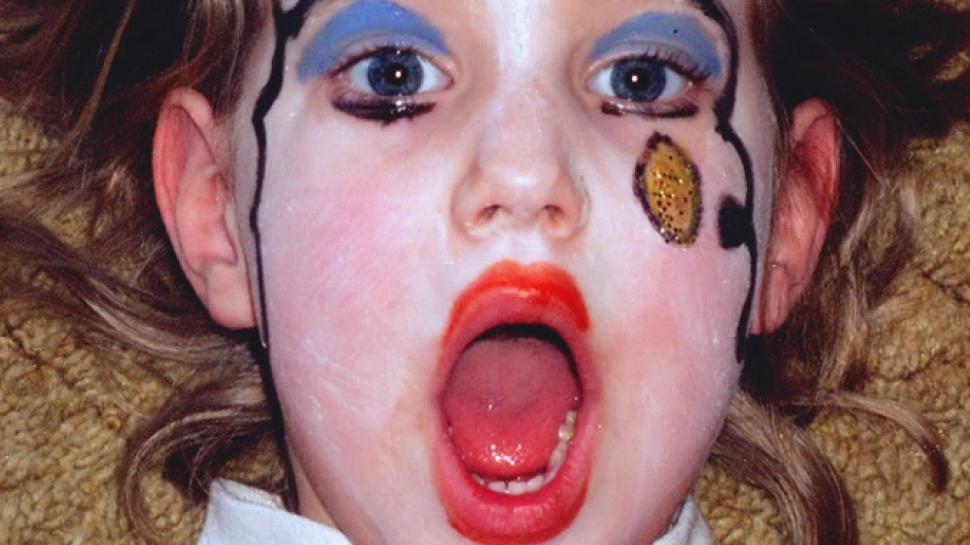Make-Up SAFE on Halloween
Make-Up SAFE on Halloween

Are you about to transform on Halloween and paint yourself into your latest fantasy? Or is your little one begging you to paint their face into their superhero or superhorror?
I thought it would be a good time to give you a head’s up on the makeup, which could be toxic to the skin. Some things to consider before you dive in...
The FDA does recommend a few simple steps. Applicable in Canada too!!
1. Follow all Halloween face paint directions carefully, including warnings against using around the eyes.
2. Don't decorate your face with products, paints and colorings that aren't intended for your skin.
3. If your Halloween face paint has a very bad smell, this could be a sign that it is contaminated. Throw it away and use another one.
4. Before using new Halloween costume makeup, perform a simple patch test, particularly if you or your child is prone to allergic reactions, a few days before Halloween.
5. Read ingredient lists and don't buy any product that has non-approved colors. The FDA lists coloring agents approved for use in cosmetics.
6. Don't use products with fluorescent colors (D&C Orange No. 5, No. 10, and No. 11; D&C Red No. 21, No. 22, No. 27 and No. 28; and D&C Yellow No. 7) near the eyes.
7. Don't use luminescent (glow-in-the-dark) colors (zinc sulfide) near your eyes.
8. Wash thoroughly (and follow label instructions) once trick-or-treating or the party is over; don't go to sleep with Halloween costume makeup on your skin.
I found a site that might be of interest if you want to make your own Halloween make up. As there are no preservatives in these, use up within 2 weeks.
Face Paint and Halloween Makeup
To avoid heavy metals and other potentially harmful unknown ingredients in traditional Halloween face paint, try making your own using food-based ingredients. Remember, foods can cause allergies in some kids: always test your concoctions on a small patch of skin and read up on natural food colorings before sending your little ghouls out for a night of painted fun. And don’t forget that some foods can stain skin and clothes.
Face Paint Made with Natural Food Coloring
Natural food coloring is available at health food stores and typically derived from foods and spices. We recommend reading up about natural food colorings and potential allergies first. Do not substitute conventional food coloring, which may contain synthetic chemical ingredients.
Ingredients:
-Base of safe, unscented lotion (search Skin Deep for safe options) OR pure cocoa butter (available at health food stores) OR safe, fluoride-free toothpaste (search Skin Deep; avoid mint flavors, as they can make skin tingly)
-Natural food coloring (see note above)
Instructions:
Mix a few drops of natural food coloring into the base ingredient of your choice. Test on a small patch of skin before applying to face or body.
Face Paint Made with Food
Make sure young children understand they can’t eat these paints unless you make them without the base. Test a small patch of skin first to make sure your child isn’t allergic to the food you’re using.
Ingredients:
-Base of safe, unscented lotion (search Skin Deep for safe options) OR pure cocoa butter (available at health food stores) OR safe, fluoride-free toothpaste (search Skin Deep; avoid mint flavors, as they can make skin tingly)
-Turmeric, raspberries, blackberries, blueberries, beets, avocado, spirulina, cocoa, chocolate sauce, squid ink or other colorful foods, juices, herbs and spices
Instructions:
Yellow: Add 1/4 tsp. and a large pinch of stale turmeric to base.
Pink: Using a sieve, mash the juice from 3 fresh or thawed frozen raspberries, blackberries or beets directly into the base. Or, use a deeply colored berry juice or puree.
Mint green: With a fork, mash 1/4 of a small avocado until creamy. Mix this into your base.
Emerald green: Add small amount spirulina or bright green chlorophyll to base.
Purple: Using a sieve, mash the juice from several fresh or frozen blueberries into the base. Or, use blueberry juice.
Brown: Add cocoa powder or chocolate sauce to base.
Black: Use a small amount of squid ink in base for true black.
White: Mix powdered sugar and water. ( squid ink can be found in specialty food stores)
For detail and other cosmetic suggestions click here.
The most important thing is to be safe, and have tons of fun!
Happy Halloween!!!